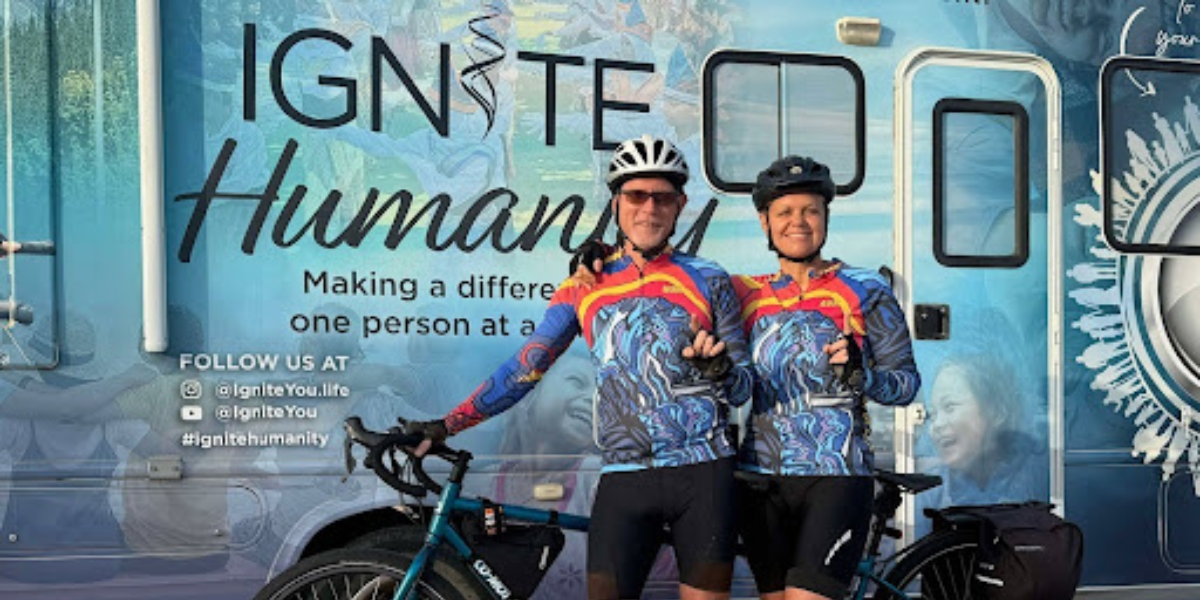Communities thrive when individuals unite around shared goals, and collaboration serves as the cornerstone of this process. A group’s ability to function cohesively depends on mutual effort, open communication, and collective problem-solving. Unlike isolated efforts, collaborative engagement ensures that diverse perspectives contribute to sustainable outcomes. This principle applies across various settings, including neighborhoods, professional networks, and digital platforms. By prioritizing inclusivity and shared responsibility, communities can cultivate resilience and adaptability.
Read also: Mastering Proactivity: The Foundation of Personal and Professional Effectiveness
Essential Strategies for Encouraging Collective Participation
One critical aspect of fostering collaboration involves creating structured opportunities for involvement. Open forums, working groups, and participatory decision-making allow members to contribute meaningfully. Clear communication channels prevent misunderstandings, while defined roles ensure accountability. Another key factor is recognizing contributions without elevating individuals above the group. This approach reinforces the idea that progress stems from joint effort rather than isolated achievements. Additionally, establishing measurable objectives helps align efforts and track progress transparently.
Effective leadership in community settings prioritizes facilitation over control. Leaders who encourage grassroots initiatives empower members to take ownership of projects. This decentralized approach prevents over-reliance on a single authority figure and distributes responsibility equitably. Active listening and responsiveness to feedback further strengthen trust between leaders and participants. When leadership operates as a supportive framework rather than a hierarchical structure, communities become more agile and inclusive. This adaptability proves particularly valuable when addressing challenges or evolving needs.
Maintaining long-term participation requires deliberate strategies that balance structure with flexibility. Regular meetings, whether in-person or virtual, provide consistent touchpoints for discussion and planning. Skill-sharing workshops and mentorship programs leverage members’ expertise while fostering intergenerational or cross-disciplinary connections. Digital tools, such as collaborative platforms or shared document systems, enhance accessibility for geographically dispersed groups. Social events, though informal, play a pivotal role in strengthening interpersonal bonds that underpin formal collaborations.
Addressing Common Obstacles to Collaborative Success
Even well-intentioned communities face barriers to effective collaboration. Conflicting priorities may arise, necessitating mediation frameworks to resolve disagreements constructively. Uneven participation levels can be mitigated by offering varied engagement tiers—from low-commitment tasks to leadership roles. Resource limitations often require creative solutions, such as partnerships with aligned organizations or phased project planning. Proactively identifying these challenges allows communities to develop contingency plans and maintain momentum during setbacks.
Groups that embed collaboration into their culture experience compounding benefits over time. Trust deepens as members consistently follow through on commitments, reducing the need for oversight. Shared victories, however small, reinforce collective identity and motivation. This foundation enables communities to tackle increasingly complex initiatives with confidence. Externally, a reputation for effective collaboration attracts new members and potential allies, expanding the group’s reach and impact.
Digital advancements have transformed collaborative possibilities, though they introduce new considerations. Virtual meeting tools enable real-time coordination across distances, while asynchronous platforms accommodate varying schedules. However, over-reliance on technology risks excluding less tech-literate members. Striking a balance between digital efficiency and human-centric design ensures tools serve the community rather than dictate its operations. Data security and privacy protocols also become essential when handling sensitive group or member information.
Evaluating and Adapting Collaborative Models
Continuous improvement requires periodic reflection on what methods work and why. Surveys, feedback sessions, and outcome assessments provide tangible data to guide adjustments. Observing other successful communities offers benchmarks without demanding replication. Adaptation might involve refining communication protocols, rebalancing workloads, or introducing new engagement formats. This iterative process keeps the community responsive to both internal needs and external shifts in its operating environment.
Building community through collaboration is not a one-time effort but a sustained practice. It demands patience, inclusivity, and a willingness to share both responsibilities and rewards. When every member sees their role in the larger picture, the community transcends being a mere gathering and becomes a dynamic, self-reinforcing entity. The lessons learned from collaborative successes and challenges alike contribute to an ever-evolving playbook for collective achievement.
Read also: Choosing Your First Home Brew: Popular Beer Styles for Beginners








